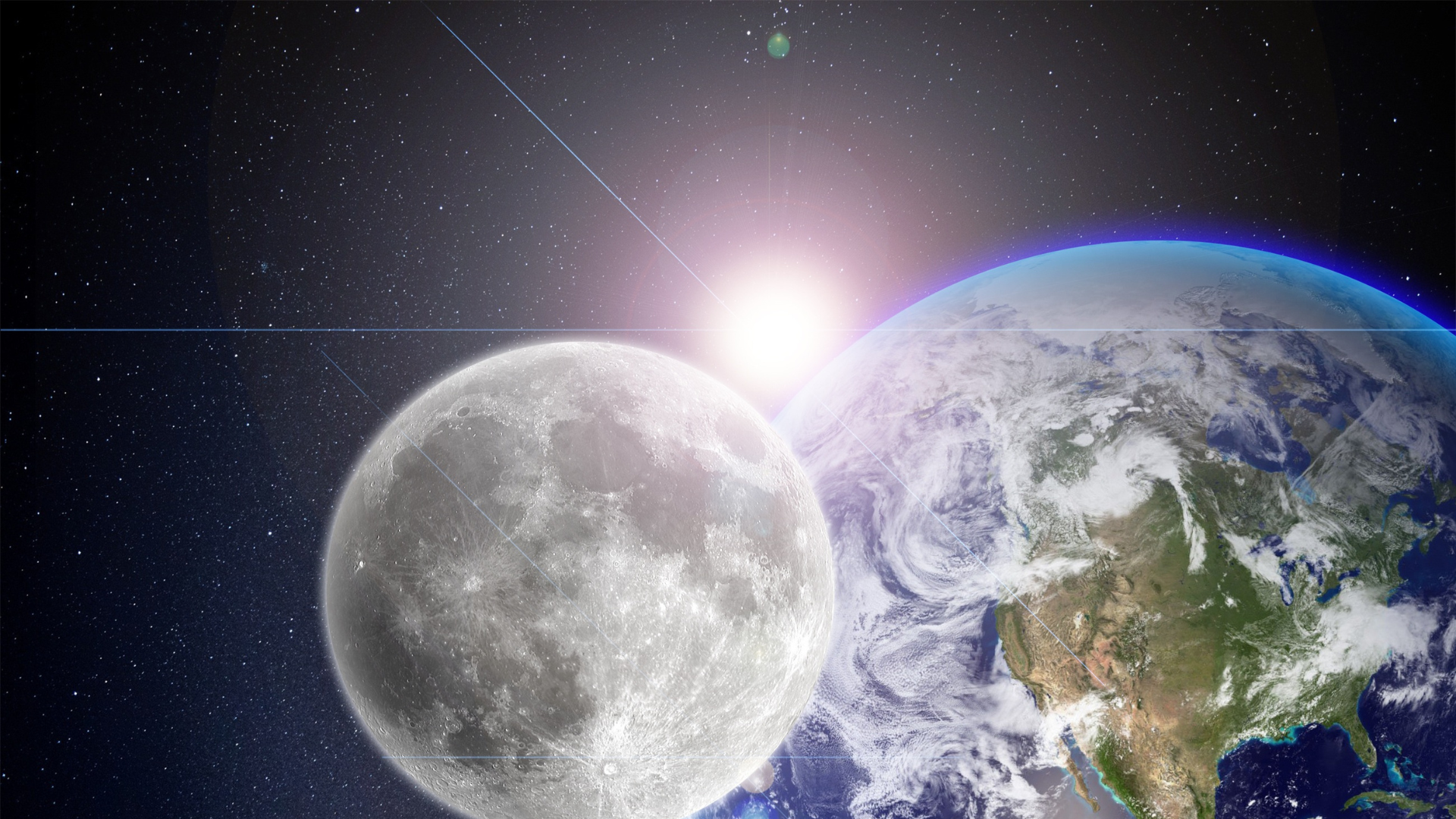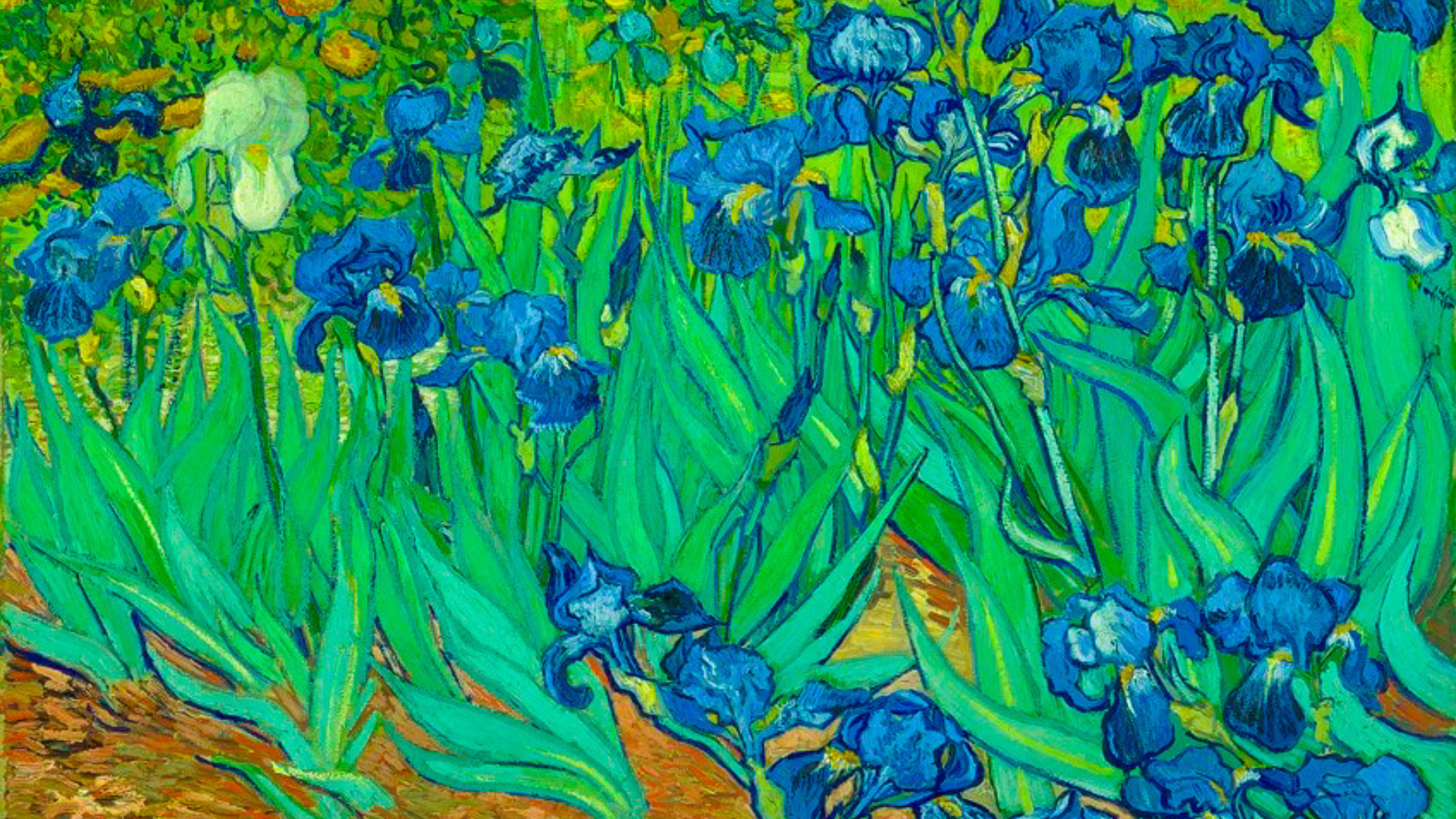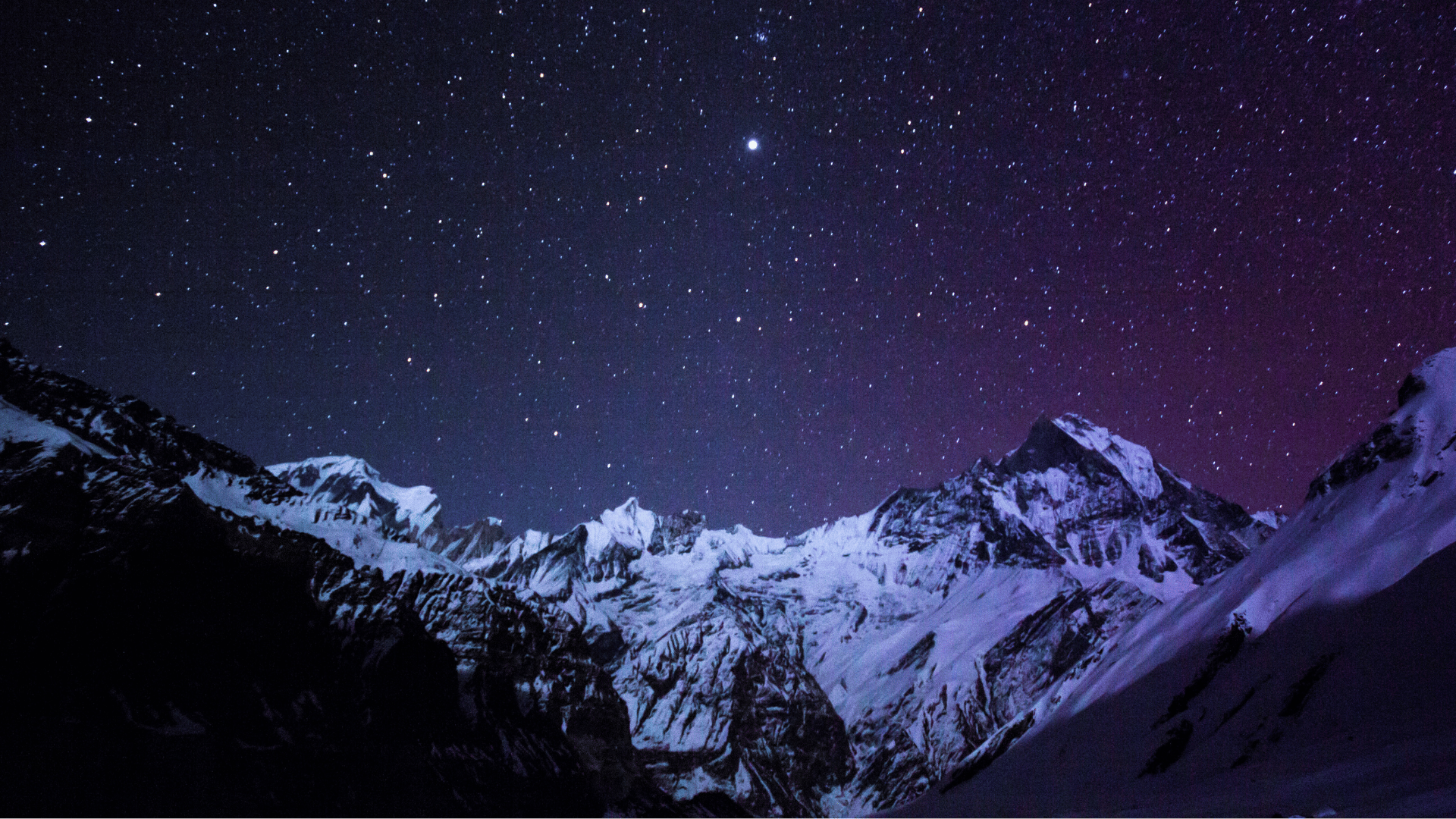Solar eclipses can only be seen in certain locations and require safe eyewear. Lunar eclipses are visible at night, except the dimming of the Moon’s light is barely noticeable during a penumbral eclipse. In 2023, there will be four eclipses: two solar and two lunar. View dates with Naturalist’s Guide.





